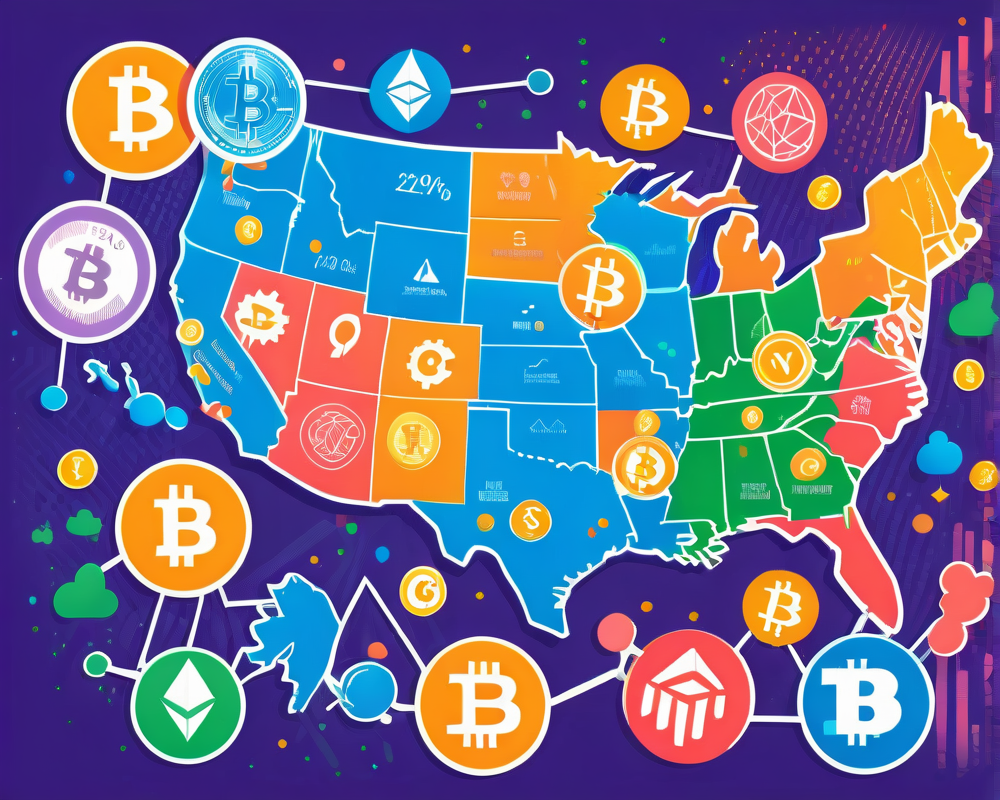Bitcoin’s Bullish Beginning in 2021
The year kicked off with Bitcoin making headlines, breaking the $34,000 mark. This surge wasn’t merely a price jump; it symbolized the institutional embrace of a crypto giant. With financial giants finally eyeing digital currencies, it’s crucial to ponder what this means for the entire crypto landscape. Is it just Bitcoin, or are other cryptocurrencies gearing up for the same treatment?
Understanding Institutional Reluctance
Despite the buzz, many institutions remain hesitant to dive into Bitcoin. Why? It’s a complex problem involving liquidity, compliance, and a touch of corporate conservatism. Consider this: pension funds and financial giants are notorious for their meticulous due diligence and risk assessments. They demand stable markets with a rich history—something DeFi hasn’t exactly delivered yet.
Compliance Meets Innovation
Enter the digital age of compliance. It’s no longer just about tokenizing assets; it’s about doing it right. Instead of throwing the rules out the window, how can we design a protocol that makes DeFi compliant yet remains true to its decentralized roots? Picture a world where institutions can access DeFi without sweating bullets over regulations. Sounds like a dream? It could soon be reality.
The Age of Digitization
Let’s face it: digitizing assets is just the beginning. The real challenge lies in navigating the compliance maze. Institutions are familiar with the burden of traditional financial regulations; piling on crypto’s quirks only makes it heavier. If a protocol can streamline processes from due diligence to secondary trading, then we’re in business.
Redefining Due Diligence
Imagine if KYC checks weren’t such a hassle! Instead of multiple firms requiring repeated checks, what if we could create a shared system? Here, institutions could collaborate and share costs while protecting sensitive investor data. The power of DeFi could shine through in a whole new light, making for a smoother flow of investment.
Secure Data Management
Data, in the current landscape, is a hot potato. With regulations like GDPR, institutions need to tread lightly when accessing user information. However, with techniques such as zero-knowledge proofs, investors can maintain privacy while proving their eligibility. It’s a win-win—an investor’s data remains theirs, while institutions get what they need.
Navigating Cross-Border Regulations
The world is getting smaller, yet compliance requirements expand endlessly. Investors want to operate beyond borders, but non-compliance penalties can be severe. Blockchain introduces a beacon of hope, but it needs to sync up with traditional policies. A smart contract embedded with regulatory rules could automate compliance and bridge the gap between jurisdictions.
The Emerging DeFi Investment Terminal
If institutions have tools like Bloomberg Terminals, why shouldn’t they have DeFi terminals? These would channel real-time data across decentralized markets, unlocking the potential for informed investment decisions and strategic positioning. Why should crypto be evaluated through tumultuous waves of chaos?
Building the Bridge: TradFi and DeFi Collaboration
Many in the DeFi world resist integrating with traditional finance, fearing the loss of its essence. However, these two realms can enhance each other’s strengths. By inviting traditional finance into DeFi, we can amplify resources and insights previously untapped. The task at hand lies in constructing that infrastructure to develop a hybrid finance system.
The future looks bright! As we dive deeper into the integration of these sectors, a financial evolution could very well be on our doorstep.
The views expressed here do not necessarily reflect the stance of any financial institution; they are merely speculative musings on a merging financial future.



